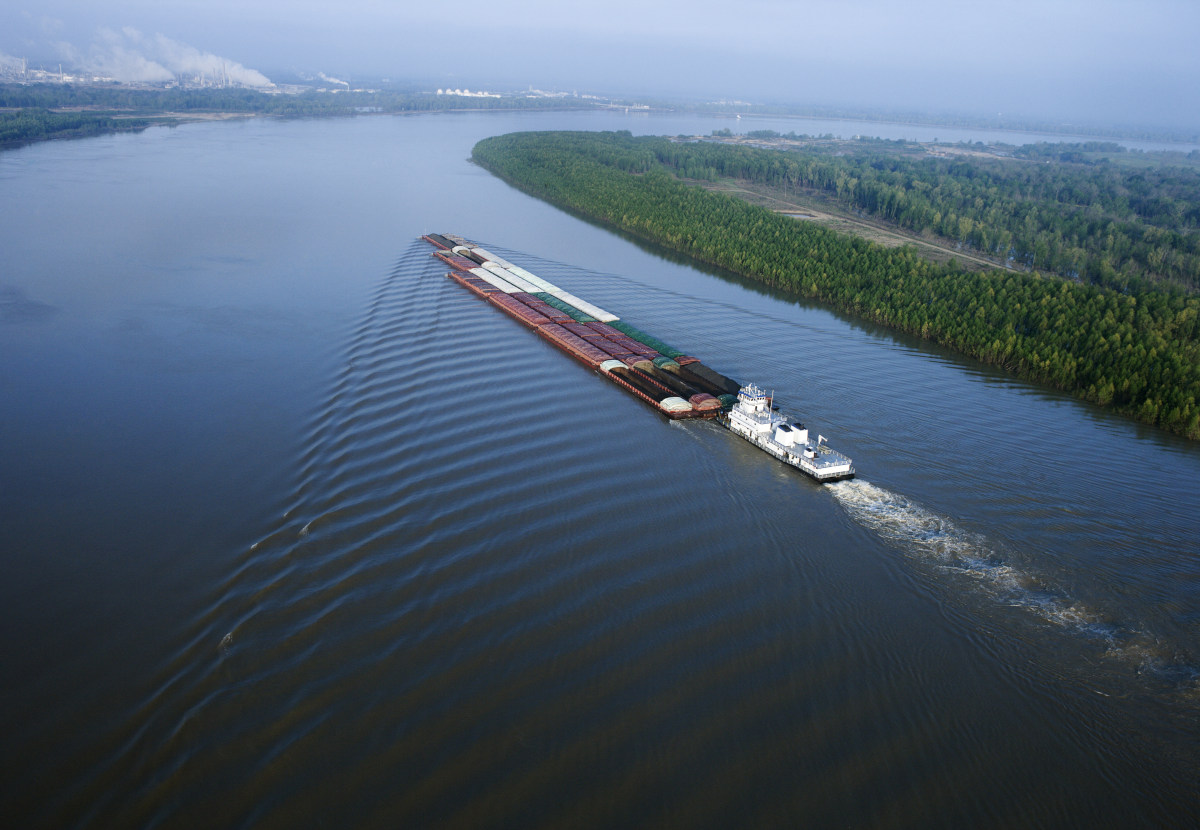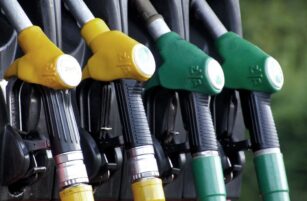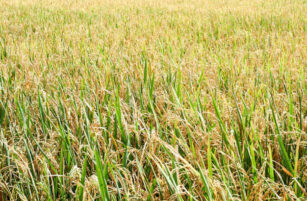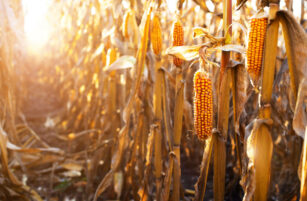Insight Focus
- Low rainfall in three states along the Mississippi River leads to low water levels.
- This is disrupting barge traffic.
- Around 60% of US soy and corn exports move by barge along the Mississippi.
The Mississippi River is one of the most important bodies of water in the United States. The 2,340-mile-long river runs through ten states and is used to transport grains, corn, soybeans, iron, rubber, and other commodities. The Mississippi transports over 60% of the United States’ soybean and corn exports.
States Where the Mississippi River Runs through

Source: Mississippi River Country
Historical Drought in the Mississippi River
Low rainfall in various states on the Mississippi River has caused the river to reach historical low water levels, disrupting trade.
Drought Map of the United States October 2022
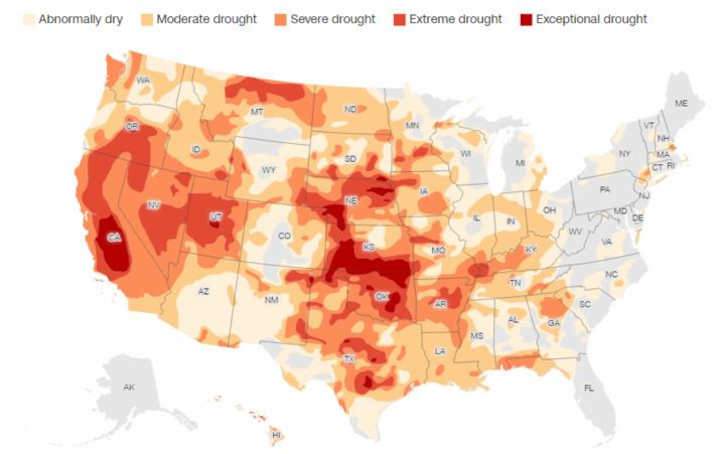
Source: NASA Earth
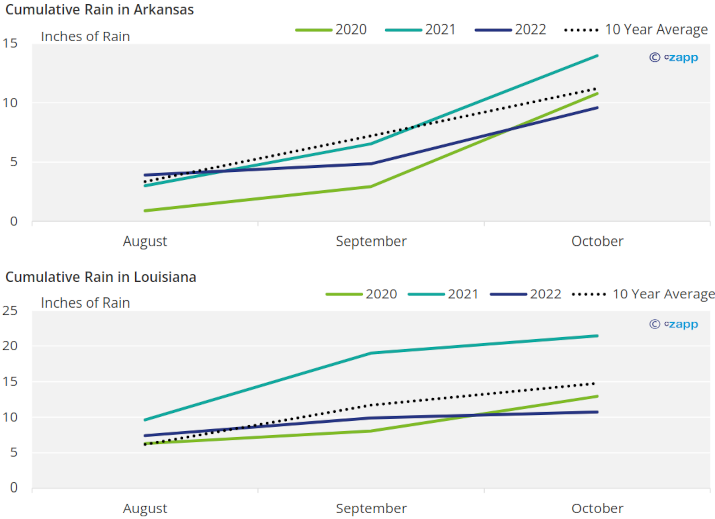
Water levels reached an astonishing low of 10.81 feet below the recommended operating level in Memphis, Tennessee. Then in New Madrid, Missouri, water fell to 5.45 feet below the recommended operating level and in Osceola, Arkansas, the levels to a further 11.55 feet below. These levels of water are reaching the dangerous minimum operating level.
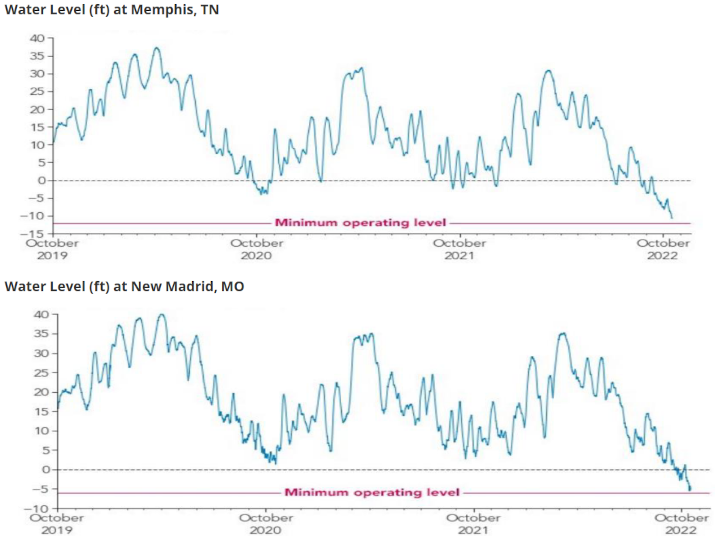
Source: NASA Earth
Economic Consequences of the Drought
The low water levels of the Mississippi River have caused a traffic jam on this aquatic highway. 92% of the United States agricultural exports and 78% of grain fed to livestock travel through the Mississippi River. There are currently more than 2,000 barges of cargo stuck on the river. One barge can carry around 1.5 thousand tonnes of grains. A similar drought in 2012 caused the Mississippi River to close three times. This drought caused economic damage of around $35 billion. So far, the U.S Department of Agriculture (USDA) has reported that shipments have dropped about 20% due to the low water levels.
Higher food prices from alternative terrestrial routes
The Mississippi River saves the United States around $7 billion to $9 billion annually in transportation costs. Waterway systems save transport costs due to their efficiency. One river barge can carry the same cargo of around 70 trucks. Since barge costs are rising, traders are looking at alternative ways to move their products. Corn and grain are being shipped through Texas and Alabama to avoid the long barge waits and higher prices. According to the USDA, in October only one third of the soybeans being exported came from the Mississippi River. This figure is usually around 60%. This means food prices could continue to rise since it is more expensive to transport commodities through land than the river.
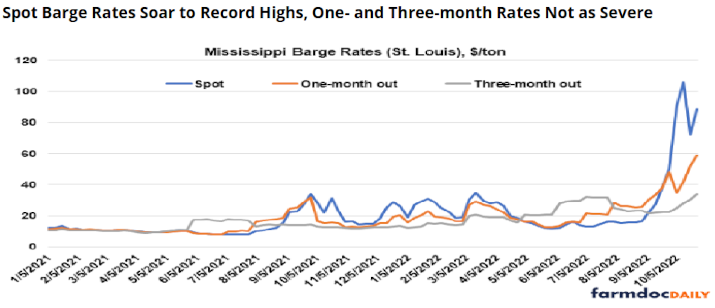
Source: University of Illinois
Other concerns with the drought
The drought has the potential to affect hundreds of thousands of people who depend on the freshwater from the Mississippi River. With water flows decreasing downstream, the saltwater from the Gulf of Mexico could flow upstream.
Climatologists are not optimistic that the drought will end soon. Many predict that there will be a consecutive La Niña winter. La Niña seasons are characterized by dry winter months.
Mississippi River Dried Up October 2022
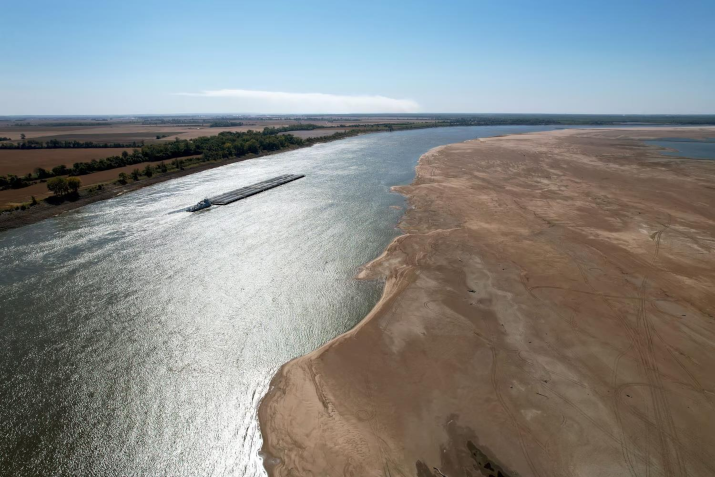
Source: The Atlantic
